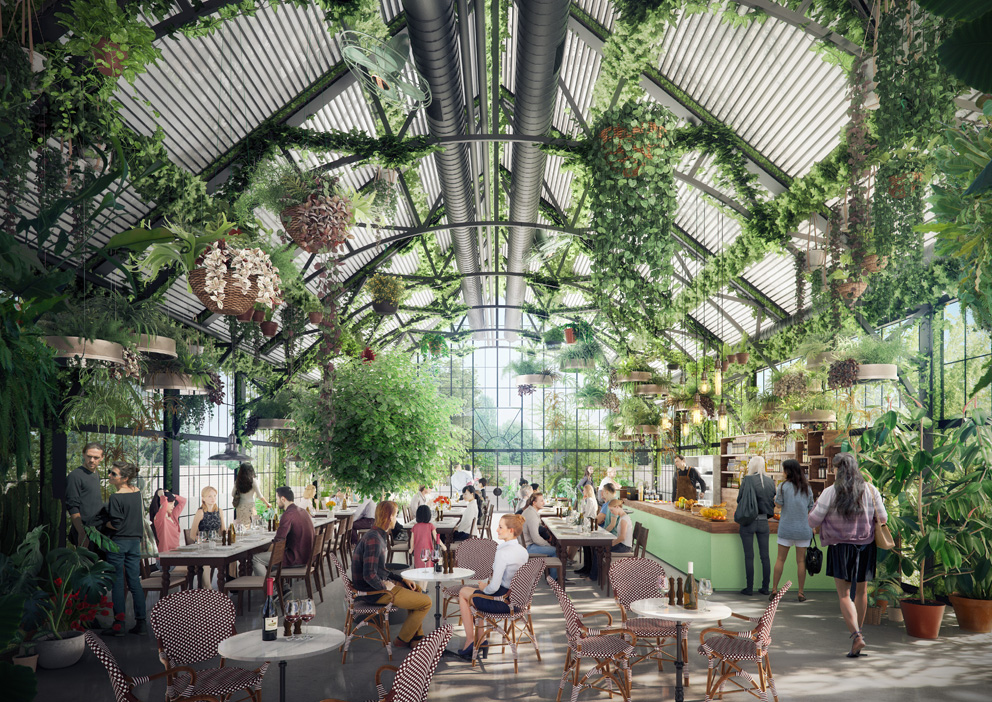
“The idea that sustainability is a good thing is not necessarily true” – LFIA exec on why more can be done
“The idea that sustainability is a good thing is not necessarily true” – LFIA exec on why more can be done
Share
Sustainability has become an integral aspect of architectural design as the industry seeks to address concerns around environmental responsibility.
But according to Stephen Choi, executive director, Living Future Institute Australia (LFIA), not enough is being done to improve the health of Australia’s buildings. “I’ve realised that all the work I’ve been doing over the last 15 years in sustainable development as an architect was near meaningless, actually, and the idea that sustainability is a good thing is not necessarily true,” he said at a press event on 14 February.
“I try not to use the word ‘sustainability’ or ‘sustainable development’, because it’s not enough… it’s so depressing an idea because it’s the bare minimum.”
Choi’s comments come as he consults on a bold new project: to create ‘the world’s most sustainable shopping centre’. Working with Frasers, Choi is helping the property developers to build Australia’s first 6 Star Green Star Design and As-Built retail building, and the world’s first Living Building Challenge certified retail development.
That centre is Burwood Brickworks in Victoria. Set to open from late 2019 it will put sustainability at its core, and aim to challenge how we think about sustainable, mixed-used developments and food sourcing.

“Generally you can meet the building code of Australia and what you end up with is an incredibly environmentally damaging building that uses energy, causes pollution, dumps water, and is really unhealthy,” explained Choi.
“The building code tightens every year or three and so all we do is a less bad version of the one before. So, we asked in this project what does good look like? Instead of using the building code of Australia for building what if we use a different benchmark? In this case we are using the Living Building Challenge and its benchmark is nature.”
To achieve this, the building has to have a net zero carbon footprint, produce more electricity than it consumes, grow agriculture on 20 percent of the site and be net water and waste positive, among other social and health benefits. These include access to natural daylight, indoor air quality and to be constructed from non-toxic and recycled materials.
To meet the agricultural requirements, Burwood Brickworks will feature a 2000 square metre rooftop Urban Farm and restaurant, with Frasers currently on the hunt to find companies to work with. The company has also engaged sustainability activist Joost Bakker to creatively consult on the design concept for the rooftop, where excess organic material will be mulched for compost and food and waste transportation will be closely measured.
















